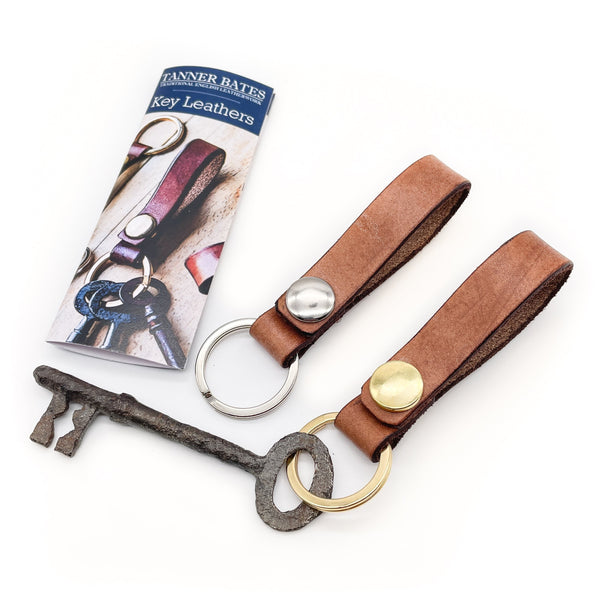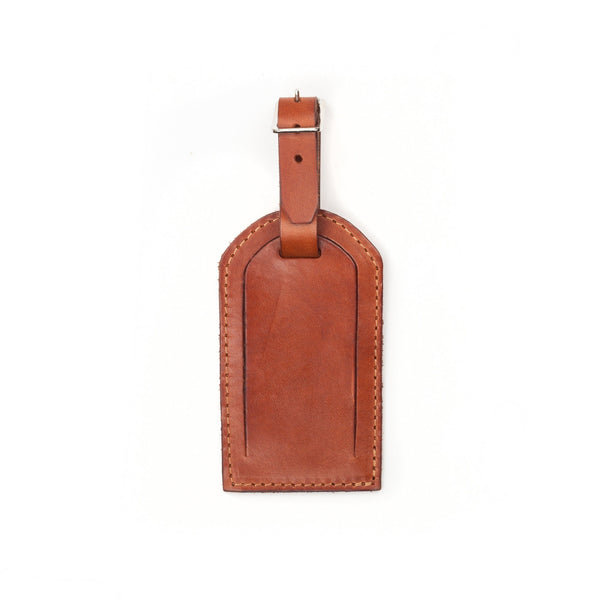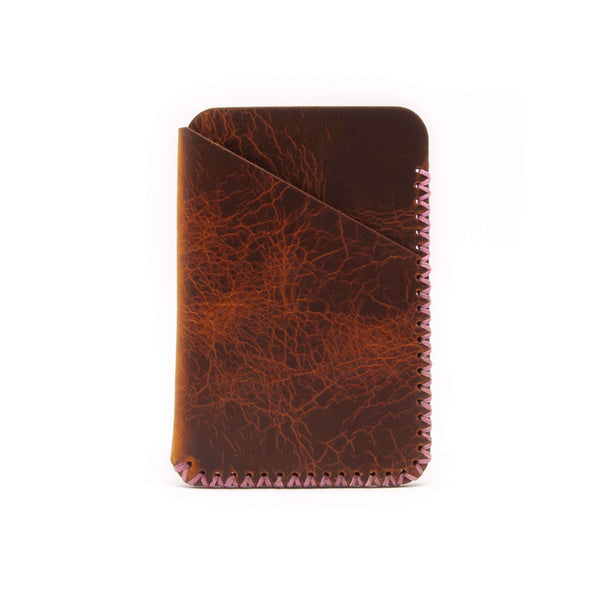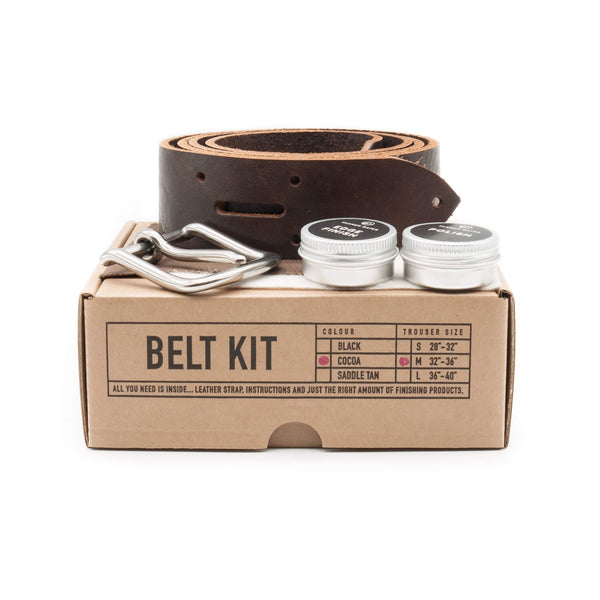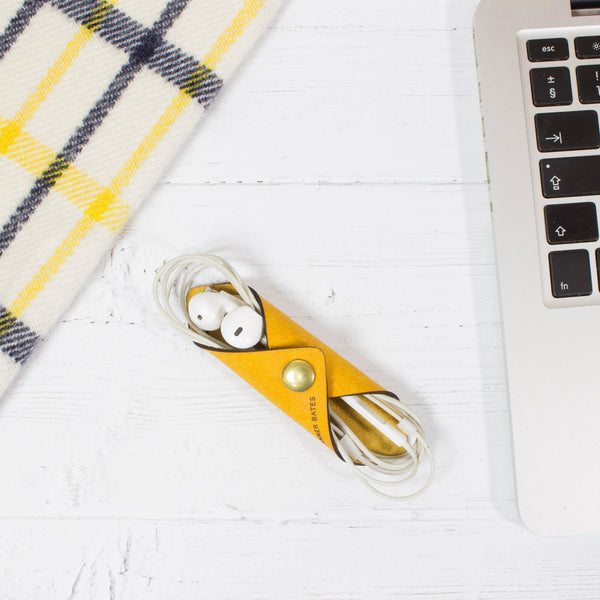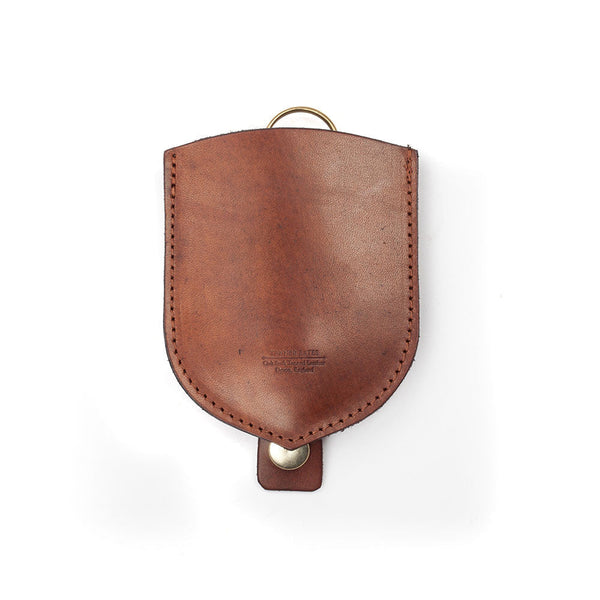We firmly believe that there is no better gift than a sustainable handmade gift that will last
Spread the word of traditionally tanned leather and share the love.
Sustainable Leather: The Overlooked Environmental Champion
Guardians of Ancient Knowledge
Leathercraft isn't just an industry - it's one of humanity's oldest traditions. These techniques have been carefully passed from master to apprentice across generations, preserving unique skills in design, hand-eye coordination, and dedicated attention to detail that mass production simply cannot replicate.
Leather has been a cornerstone of human civilisation for millennia. From intricate tooled saddles to hand-stitched footwear, these techniques connect us directly to our ancestors in a way few other crafts can match.
Guardians of Ancient British Knowledge of Leather
At Tanner Bates, leatherwork isn’t just a skill – it’s an inheritance. Tucked away in the rolling hills of Devon, the team aren’t simply making products – they’re preserving a dying dialect of British craftsmanship that has whispered through the ages. Techniques passed down not through textbooks, but through hands – calloused, careful, and endlessly practised. It’s not just about stitching or cutting; it’s about knowing – knowing the feel of a hide, the patience of vegetable tanning, the subtle rhythm of shaping something slowly, intentionally, and with deep respect.
This isn’t mass manufacturing. It’s a quiet rebellion against the disposable age. Every Tanner Bates product is part of a lineage stretching back through generations of saddle makers and tanners who understood the land as much as the leather. It’s British heritage in physical form – infused with time, touched by tradition, and made to last a lifetime or two. In an industry increasingly focused on speed and volume, Tanner Bates stands as a custodian of ancient wisdom – proof that some things are better when they’re not rushed.

The Forgotten Recycling StoryPerhaps leather's most overlooked quality is its repairability - what industry experts call "one of the greatest recycling stories that hasn't been told".
Think about it.
That well-loved
leather bag? With proper care, it doesn't end up in a landfill after a few years. Genuine leather items can be resoled, refurbished, and restored multiple times, extending their lifespan indefinitely.
Leathers repairability creates special economic niches - repair companies like Leather Spa and Cobblers Direct report growing demand, particularly among younger consumers seeking restoration for vintage or heirloom pieces.
Proper care and maintenance of quality leather goods makes them essentially timeless investments rather than disposable items - the antithesis of today's throwaway culture.
Heirlooms are meant to endure. That's where leather shines.
How to Spot Genuine Eco-Friendly Leather
Struggling to tell the difference between truly sustainable leather and clever marketing? The leather marketplace is crowded with claims, but armed with the right knowledge, you can cut through the noise and find pieces that align with both environmental stewardship and ethical values.
Questions Worth Asking
Before falling in love with that beautiful leather journal or bag, dig deeper.
First, ask about the tanning method - vegetable-tanned leather uses natural tannins instead of toxic chemicals, making it dramatically more eco-friendly.
Brands Crafting Tomorrow's Traditions
Some leather craftspeople aren't just making products - they're creating a more sustainable future.
Transparency isn't marketing - it's a core value that helps conscious consumers make truly informed choices.
LEATHER done right isn't just sustainable - it's regenerative, supporting communities, preserving craft, and creating products that last generations. The choice is yours: will your leather purchase be part of the problem, or part of a beautiful solution?
The Lasting Legacy of Leather
Sustainable leather stands as living proof that manufacturing can work with nature, not against it. By transforming potential waste into lasting heirlooms while preserving traditional craftsmanship, leather creates a positive environmental story that synthetic alternatives simply cannot match.
With the knowledge you now have about genuine eco-friendly practices, you're equipped to make choices that benefit both our planet and the skilled craftspeople who transform raw materials into objects of lasting beauty. Sustainable leather offers what few materials can - exceptional durability, complete repairability, and natural biodegradability. These aren't just features - they're commitments to a world where quality trumps quantity.
Leather isn't just a material – it's a story waiting to be told. Your story deserves the best. Let it be written in leather that respects both tradition and our planet's future.
Frequently asked questions about sustainable leather.
Is sustainable leather truly better for the environment than vegan alternatives?
Yes, sustainable leather is often more environmentally friendly. It utilises a byproduct of the meat industry, preventing waste, and biodegrades much faster than synthetic alternatives. Vegan leather, typically made from petroleum-based materials, can take hundreds of years to decompose and release harmful microplastics.
What are the economic benefits of supporting sustainable leather production?
Sustainable leather production supports traditional craftsmanship and provides employment opportunities.
How does sustainable leather contribute to a circular economy?
Sustainable leather exemplifies circular economy principles by transforming potential waste into durable, repairable products. Quality leather goods can be resoled, refurbished, and restored multiple times, extending their lifespan indefinitely with proper care, which reduces overall waste.
Are there any health concerns associated with vegan leather production?
Yes, the production of synthetic leather often involves hazardous chemicals like dimethylformamide (DMF), which can pose serious health risks to workers and local communities. Exposure to these chemicals has been linked to cardiac injury, liver dysfunction, and kidney problems.
What is the difference between faux leather and real leather from a sustainability perspective?
Faux leather, while marketed as a cruelty-free alternative, is typically made from plastic-based materials such as polyurethane or PVC. These synthetics are derived from fossil fuels, take centuries to degrade, and shed harmful microplastics throughout their life. In contrast, real leather - when sourced responsibly - makes use of a byproduct from the meat industry and can biodegrade naturally, aligning better with long-term sustainable practices.
How does the impact of leather production compare to other materials used in the fashion industry?
The impact of leather production depends heavily on how it’s sourced and processed. When made using
vegetable tanning, renewable energy, and responsible water use, leather can be remarkably low-impact - especially when compared to petroleum-based synthetics. The fashion industry often overlooks the environmental toll of plastic-based alternatives despite their widespread use in accessories and footwear.
Are there sustainable alternatives to conventional leather?
Yes, but not all are created equal. Sustainable alternatives include leather made from agricultural byproducts, mycelium (mushroom leather), and even recycled leather. These materials aim to combine durability with a lower environmental footprint, though they often lack the lifespan and repairability of traditional leather. Always check for certifications and transparency around sourcing before making a purchase.
How can leather manufacturers adopt more sustainable practices?
Forward-thinking leather manufacturers are embracing a range of sustainable practices, including water recycling, the use of vegetable tannins, waste reduction, and sourcing hides only from traceable, ethically managed farms. Some are switching to renewable energy and investing in sustainable materials for linings and thread, further reducing their overall environmental impact.
What role does natural leather play in sustainable fashion?
Natural leather, especially when vegetable-tanned and responsibly sourced, is a cornerstone of sustainable fashion. It’s long-lasting, repairable, and biodegradable - offering a viable alternative to the fast fashion model. In a world of disposable goods, high-quality leather supports conscious consumption by encouraging people to buy less but better.
Why is high-quality leather considered a better investment for consumers and the planet?
High-quality full grain and vegetable tanned leather is built to last. Unlike synthetic alternatives that peel, crack, and degrade quickly, premium leather products can last decades - and often look better with age. Their longevity reduces waste, supports artisan communities, and aligns with values of durability and repairability, key pillars of a more sustainable materials economy.
Why is vegetable-tanned leather better for the environment?
Vegetable tanning avoids the harsh, chemical-heavy processes found in chrome tanning. At Tanner Bates, our leather uses natural tannins from tree bark and leaves – ingredients as old as leather itself – resulting in a product that’s not only safer for the planet but also for the people working with it. It also creates leather with character – rich tones, a natural scent, and a patina that deepens over time.
What makes Tanner Bates leather sustainable compared to mass-market brands?
We source hides that are byproducts of the food industry, ensuring no animal is raised purely for its skin. Our tannery partners use traditional, low-impact methods and avoid synthetic finishes or plastic coatings. The result? A leather that biodegrades naturally, unlike faux leather which lingers in landfill for centuries.
How long do Tanner Bates products typically last?
With proper care, our products are built to last decades. Many customers report still using their belts, bags, and wallets ten or even twenty years on – with the leather looking better now than when it was new. That’s the beauty of natural materials and handmade construction: they age with you, becoming part of your story.
Do Tanner Bates products contain any synthetic materials?
We avoid them wherever possible. From natural waxed thread to solid brass hardware, we use quality materials that complement the integrity of the leather. No polyester linings. No plastic fillers. Just honest, durable craftsmanship.
How do I care for my Tanner Bates leather item to keep it sustainable?
Leather loves a little attention. We recommend storing it away from direct sunlight, using a natural balm or conditioner every few months, and avoiding overexposure to water. With these small steps, your Tanner Bates item won’t just endure – it’ll improve with age.








